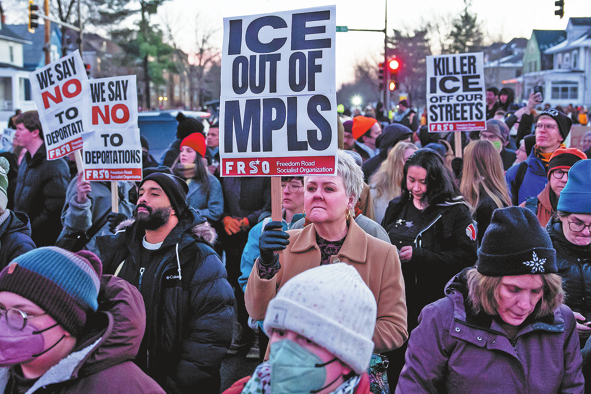Stolen Picasso painting discovered in Romania six years later
Xinhua | Updated: 2018-11-19 09:39

BUCHAREST - A Picasso signed painting, which might be one of the artworks stolen in 2012 from the Kunsthal Museum in Rotterdam, was found in Romanian eastern county of Tulcea, the country's anti-organized crime authorities announced on Sunday.
"DIICOT investigates the circumstances in which a Picasso signed painting, worth about 800,000 euros ($905,000), was found on Saturday evening in Tulcea County. The painting, which is part of a batch of seven works stolen in 2012 from a Dutch museum, is in the custody of the Romanian authorities and will be subject to expertise," said the Directorate for Investigating Organized Crime and Terrorism (DIICOT) in a press release.
According to DIICOT, two people of Dutch nationality presented themselves at the Embassy of the Netherlands in Bucharest on Saturday night with the painting believed to be "Tete d'Arlequin (Harlequin's Head)" by Pablo Picasso stolen in 2012 by a group of Romanian thieves.
The Home Affairs Attache of the Dutch Embassy soon notified the Romanian authorities.
The person who found the painting is a Dutch writer of Romanian origin named Mira Feticu, who published in 2015 a novel inspired by the event at the Kunsthal Museum, dubbed "the theft of the century" by Dutch media.
Feticu wrote on her social media account that she came specially to Romania to look for the painting after she received an anonymous letter in Romanian language indicating the place is where "Tete D'Arlequin" was hidden.
The writer claimed that she reached the address indicated in the letter, searched in the bushes under a tree, and found under a stone a package containing the plastic wrapped painting.
The Romanian thieves involved in the case were arrested and then sentenced in 2014, but the paintings were not found.

The other stolen paintings were Matisse's "La Liseuse en Blanc et Jaune," Monet's "Waterloo Bridge, London" and "Charing Cross Bridge, London," Gauguin's "Femme Devant une Fenetre Ouverte," Meijer De Haan's "Autoportrait" and Lucian Freud's "Woman with Eyes Closed."
























